How to care for raspberries in autumn - tips for gardeners
In the fall, raspberries need to be given special care, because their yield directly depends on this. Consider what needs to be done after the end of fruiting and how to prepare the bushes in time for winter.
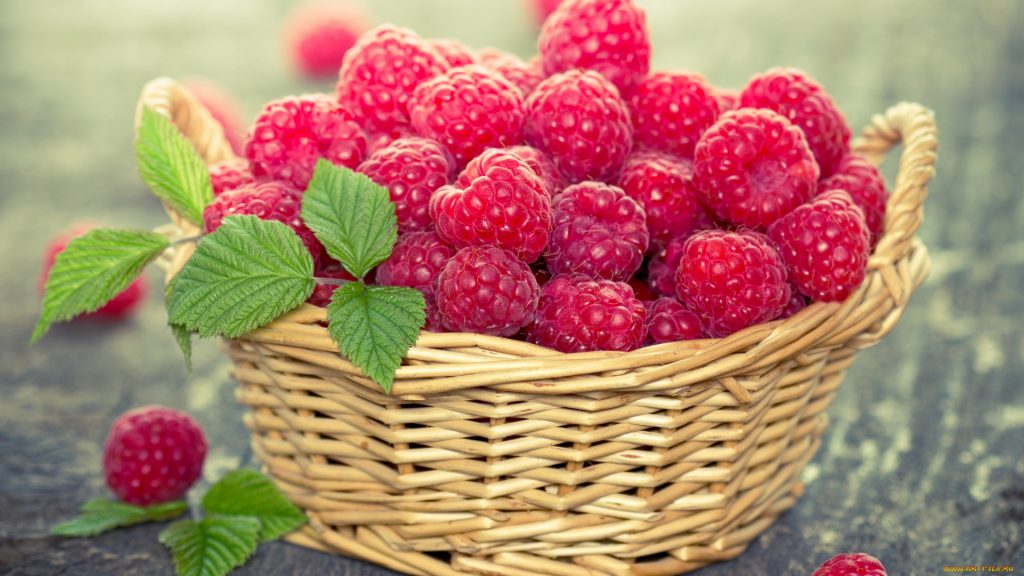
Raspberry care in autumn
Irrigation scheme
The traditional irrigation technique includes approaches timed to the following events: spring awakening, growing season, flowering, fruit ripening.
After pruning, watering is gradually reduced. The last procedure is carried out in October, before the onset of cold weather.
Further, moisture will provoke the growth of shoots instead of compaction - in this mode, the bushes will not fall asleep until the very frost and can be severely affected by low temperatures.
Pruning rules
The peculiarity of raspberries is that after the second year of life, the shoots on which the main part of the crop ripened dry out. They are replaced by young, new ones, coming from the basal buds - it is necessary for them to free up space in a timely manner.
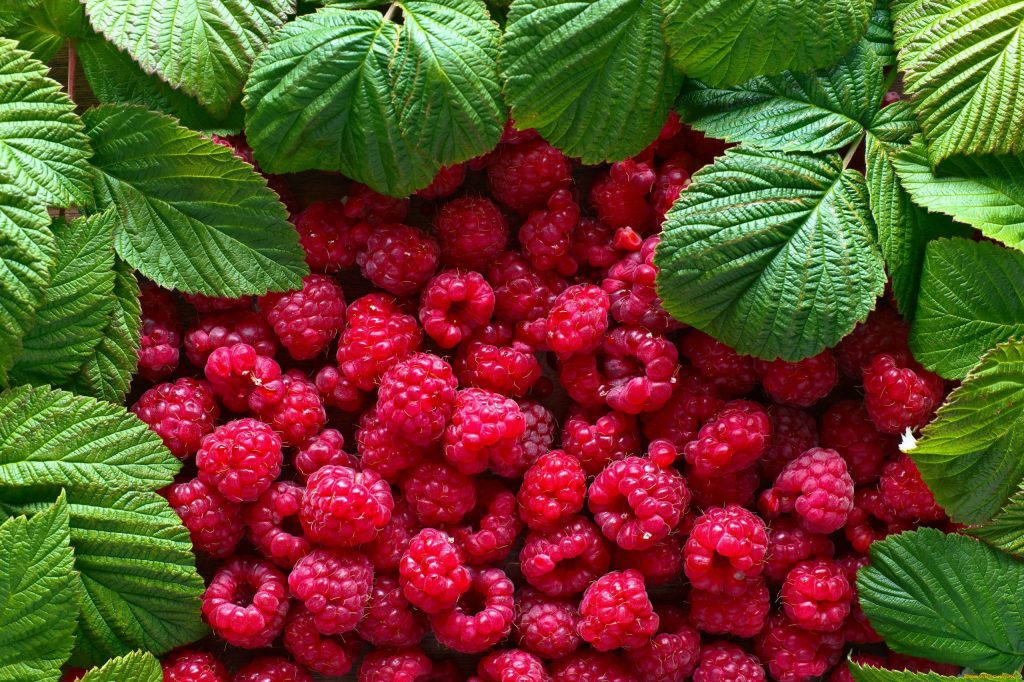
Raspberry care in autumn preparing for winter
Thickening of the bushes leads to crushing of the fruit and a decrease in the number of berries.
In case of pest infestation, complete pruning is carried out to hemp 3-4 cm in size with treatment with copper sulfate. Everything that is cut off must be burned.
It must be remembered: use only a sharpened tool that leaves even cuts without scoring and burrs. Re-disinfection of the blade is required before further trimming.
There are two types of raspberries: regular and remontant. They differ in terms of fruiting, therefore pruning is carried out according to different schemes.
- Normal - yields a crop 1 time per season.
- Repaired - bears fruit in summer and autumn. The last berries ripen in October, sometimes even caught by the first frosts.
For regular raspberries
Many gardeners are of the opinion that it is best to prune right after fruiting.
The optimal period is from August to September, up to 20 numbers.
There is no point in postponing the procedure. On the branches, leaves and remaining late ovaries, fungal infections, harmful bacteria happily multiply, and rot can attack.
To maintain the level of fruiting, it is necessary to prune with the condition of an equivalent replacement of shoots. In process of treatment:
- eliminate sick, dried, damaged one-year-old shoots;
- two-year-old shoots with dried out areas are completely cut out;
- fertile areas are replaced with young growth;
- the density indicator per 1 square meter should be 8-11 stems;
- for all stems, the top is shortened by 55-60 cm for better fruiting for the next season.
Important: all trimmed mass is carefully collected and burned in a separate place. The measure is necessary as prevention of the development of fungal diseases.
The remaining shoots must be treated with iron vitriol, dig up the soil and remove small distillations.
For a remontant look
Raspberries bear fruit twice a season, so work on preparing for winter begins after the second harvest.
Berries are formed on new and two-year-old stems, one-year-olds are not touched, leaving them for the winter, shortening the top by 50-60 cm.
Pruning is carried out at the very root, without hemp. From the buds left, the next year, there may be layers that do not have the necessary properties.
In the case of expansion of the raspberry tree, new forcing is carefully dug out, cut off from the common rhizome and transferred to a new place.
Top dressing
After fruiting, the bushes need to recuperate and create a supply of nutrients for the winter, subsequent awakening and active growth in spring.
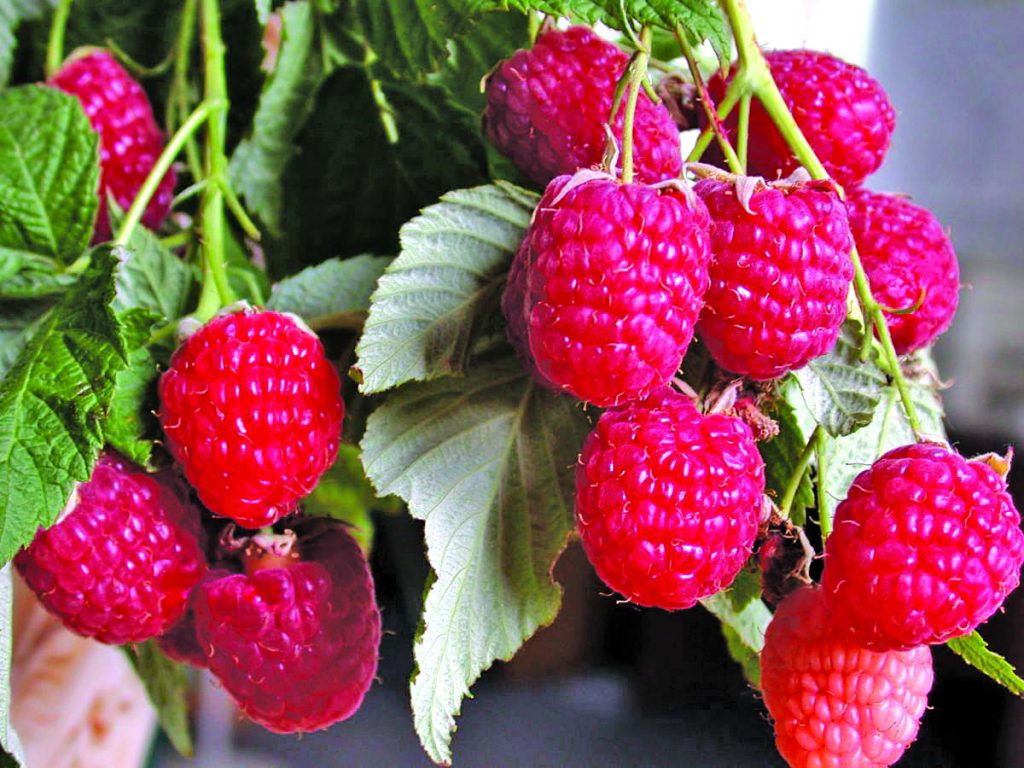
In the fall, process raspberries as when they will
- At the beginning of the season, nitrogen-containing fertilizers are applied to stimulate the growth of green mass.
- Closer to autumn, potash and phosphorus fertilizers are more important for the bushes, which increase the immunity and frost resistance of the plant.
Organic fertilizers
Many gardeners prefer natural feeding:
- chicken and cow dung;
- compost;
- wood ash;
- siderates.
For manure, there is a strict rule - the mass must burn out for 1-2 years.
Poultry manure is highly concentrated and takes even longer. To speed up the process, make an infusion: 1 bucket of raw materials per 100 liters of water. The mixture is infused from 1 to 3 days, then it is applied under the root of the plant.
Wood ash can be simply scattered on the ground or mixed with a water solution of 1 cup of ash per 10 liters of water. The mixture is rich in potassium, magnesium, sodium, calcium, provides balanced nutrition and enrichment of the soil with minerals.
Siderata are mowed, crushed and embedded in the soil in the fall. Rotting naturally, they enrich it and increase fertility, giving all the nutrients to the growing bush in the summer.
Mineral dressing
When choosing complex fertilizers, it is necessary to ensure that there is no nitrogen in them or it is present in the smallest doses. The substance stimulates the growth and awakening of the kidneys, which is completely inappropriate at the end of summer.
Top dressing with urea will come in handy in the spring, after the bushes wake up. For the fall, completely different preparations are required:
- Superphosphate (encapsulated) is used at a dosage of 55-60 g per adult plant. It is scattered over the loosened soil and once again dug shallowly.
- Potassium sulfate goes well with phosphorus feeding. Alternatively, use 25 grams of potassium per bush. For one-year distillations, the dose is reduced by 2 times.
Mulching
In areas where snow falls early and lies stably until spring, additional insulation of the roots is not required.
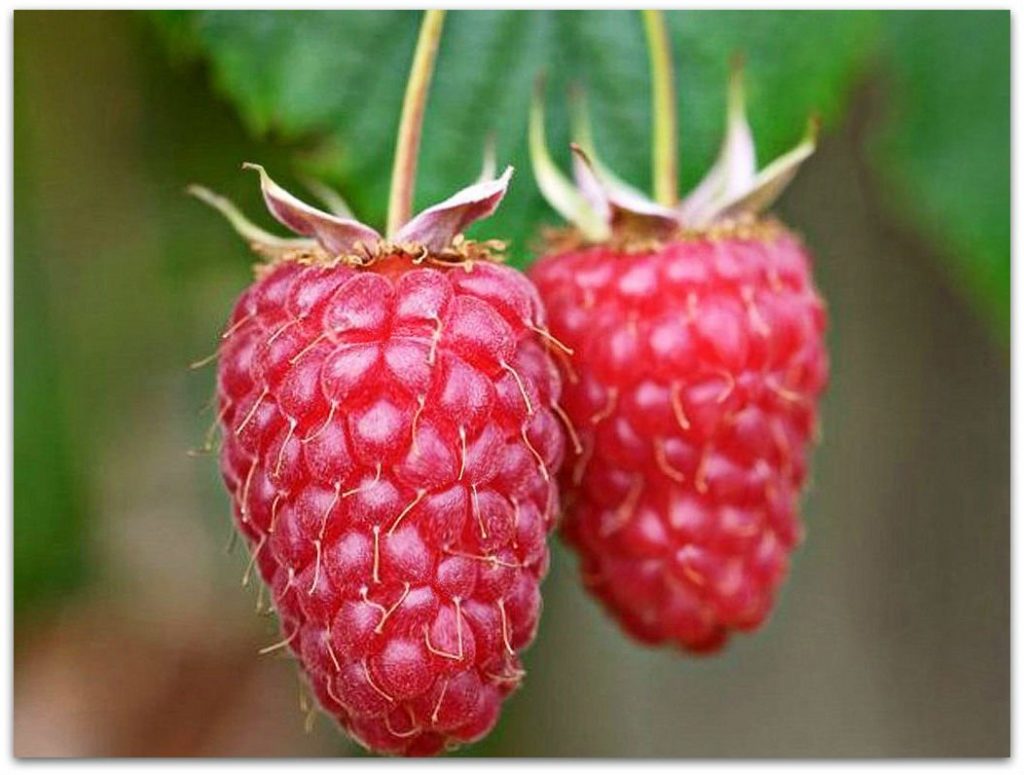
How to process raspberries in the fall from what
In areas with little snow, in Siberia and the Urals, the task is to protect the root system in winter, without creating conditions for damping off the shoots.
The best option is to lay a layer of humus or rotted manure (10 cm) around the bushes.
You can also cover the roots with peat or crushed bark - they let air through well, while maintaining a stable temperature.
Treatment against diseases and pests
Most varieties bred by breeders have a fairly high level of immunity.
Varieties with high resistance to typical diseases:
- Polka;
- Firebird;
- Yellow giant;
- Kuzmin's news;
- Monomakh's hat;
- Sturdy;
- Giant;
- Beauty of Russia;
- Mirage.
Garden raspberries are resistant to typical diseases and pests, but in a cold, wet summer, the risk of infection increases several times and one cannot do without preventive treatment.
Most often appear:
- raspberry-strawberry weevil;
- kidney moth;
- raspberry beetle;
- stem gall midge;
- raspberry fly.
Treatment: spray the bushes in spring and autumn with Bordeaux liquid and Karbofos emulsion.
At the end of August, they dig up the ground by 15-20 cm so as not to create high humidity for the development of larvae, while adding tobacco dust or wood ash.
Prevention:
- It is not recommended to plant raspberries next to strawberries and blackberries, they have common diseases and pests.
- The neighborhood with calendula, nettle, red elderberry, dill, plum, pear, rose bushes, barberry is considered favorable. Roma grasses act as insect repellents that can ruin the raspberry crop.
Among the diseases the leading ones are:
- anthracnose;
- ulcerative spotting;
- dimidella;
- bacterial cancer;
- rust;
- white spot;
- mosaic;
- curliness.
Diseases appear when the rules of care are violated, in a cold summer with heavy rains, if the recommended neighborhood is not followed. The source of disease can be a fruit tree affected by black rot or other fungal diseases that are spread by wind or insects.
Preventive measures include regular processing of raspberries with HOM or Bordeaux mixture, regular thinning of bushes, timely loosening, adherence to the watering schedule.
Preparing the plant for winter
Preparing raspberries for winter consists of several important activities:
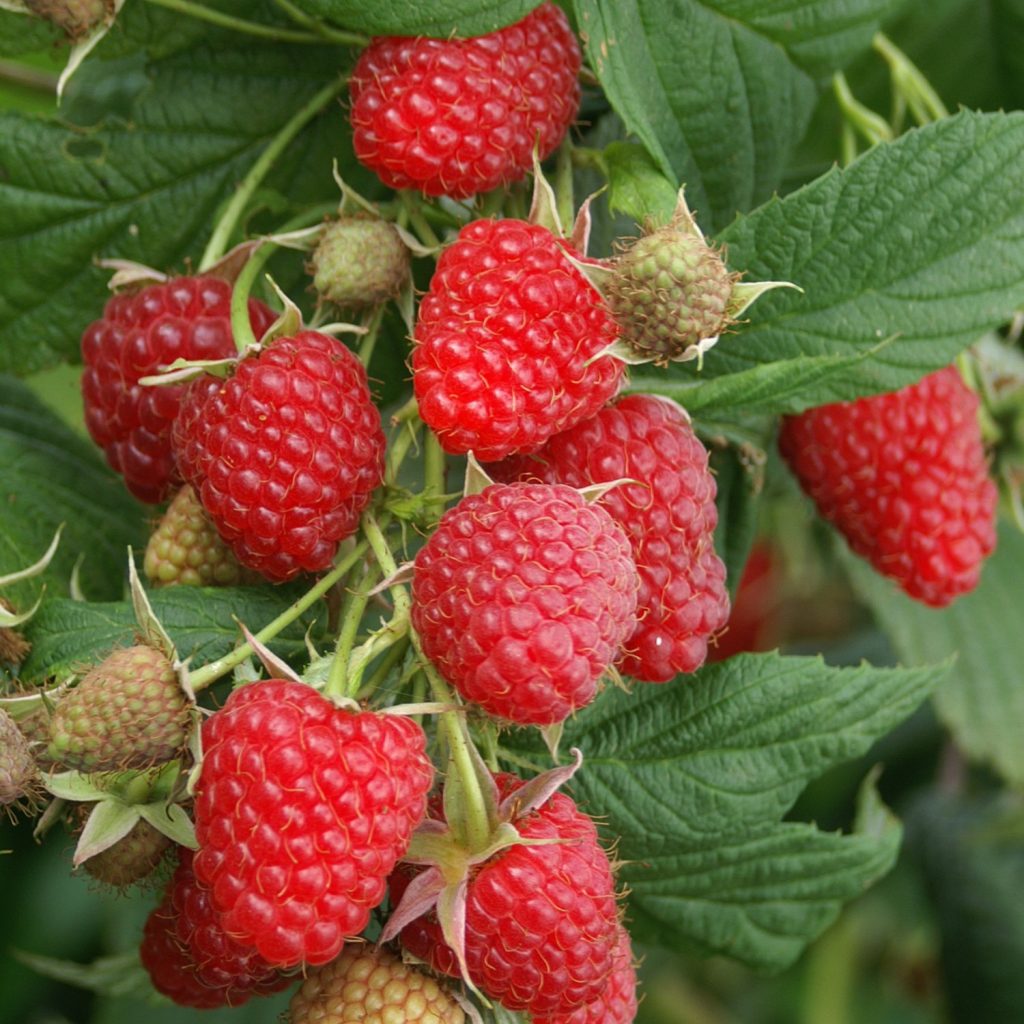
How to process raspberries in the fall
- Shoots intended for cutting are removed at the root.
- In one-year-olds, the tops are shortened by 1/3 of the height.
- The raspberry tree is thinned out to an optimal rate of 8-11 stems per 1 square meter.
- The soil is thoroughly cleaned, cut plant parts, leaves, small branches are burned.
- Non-fallen leaves are removed by lightly stroking with your hand along the stem.
- In areas with little snow, it is recommended to bend the stems to the ground to a level of 10-15 cm from the surface.
- When snow falls, a snowdrift pounces on the bushes.
Raspberries in nature are very unpretentious; when breeding new varieties, the most resistant to pests, diseases and climatic changes were taken. For successful cultivation, it is worth considering not only the external and taste data, but also pay attention to the level of acclimatization in a certain area. In this case, minimal effort will be required to prepare the plant for winter.
If the deadlines for the autumn work are met and all recommendations for feeding, watering and pruning technology are carefully followed, raspberries will successfully survive the winter cold and will again delight them with a bountiful harvest.

